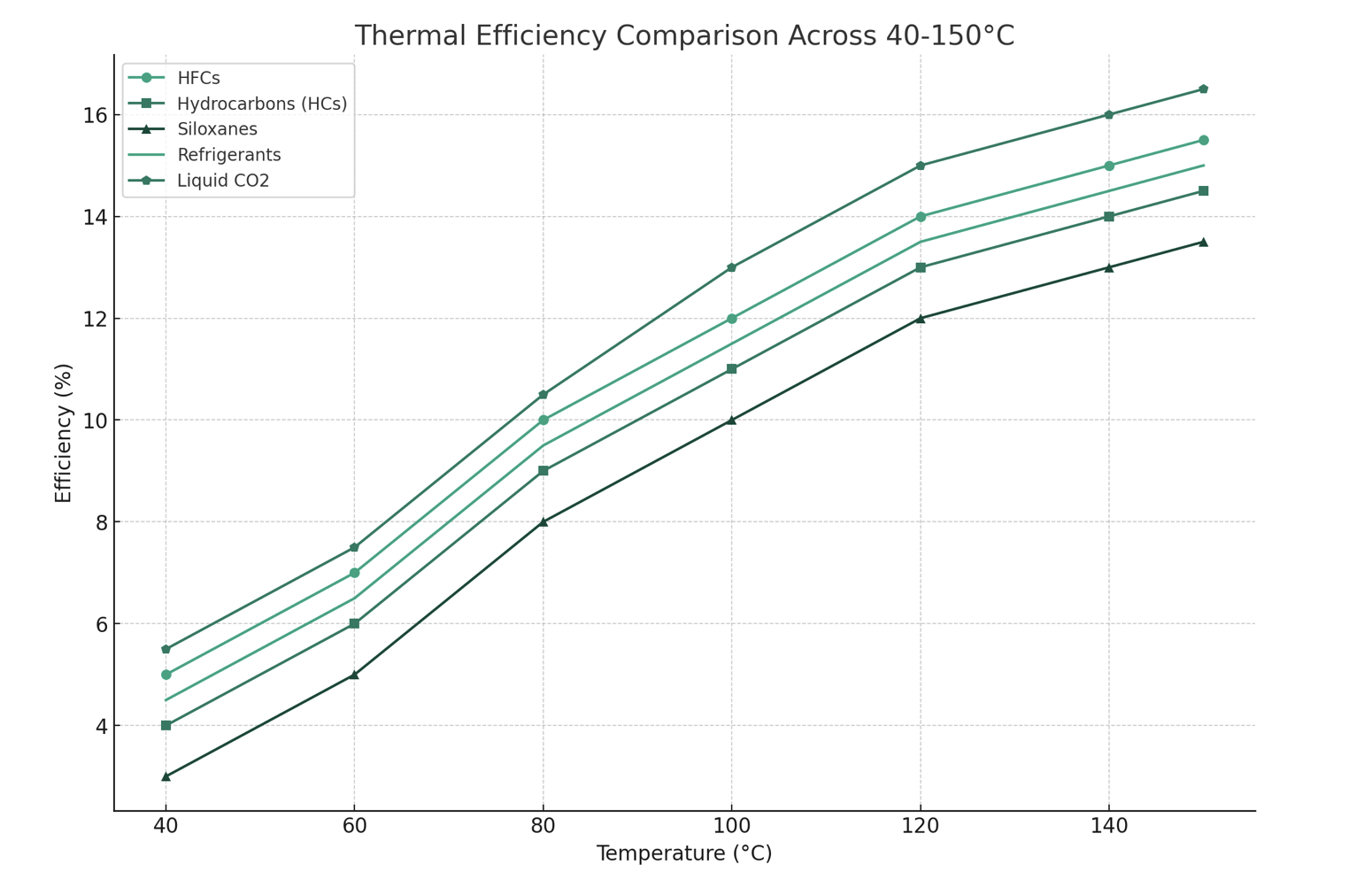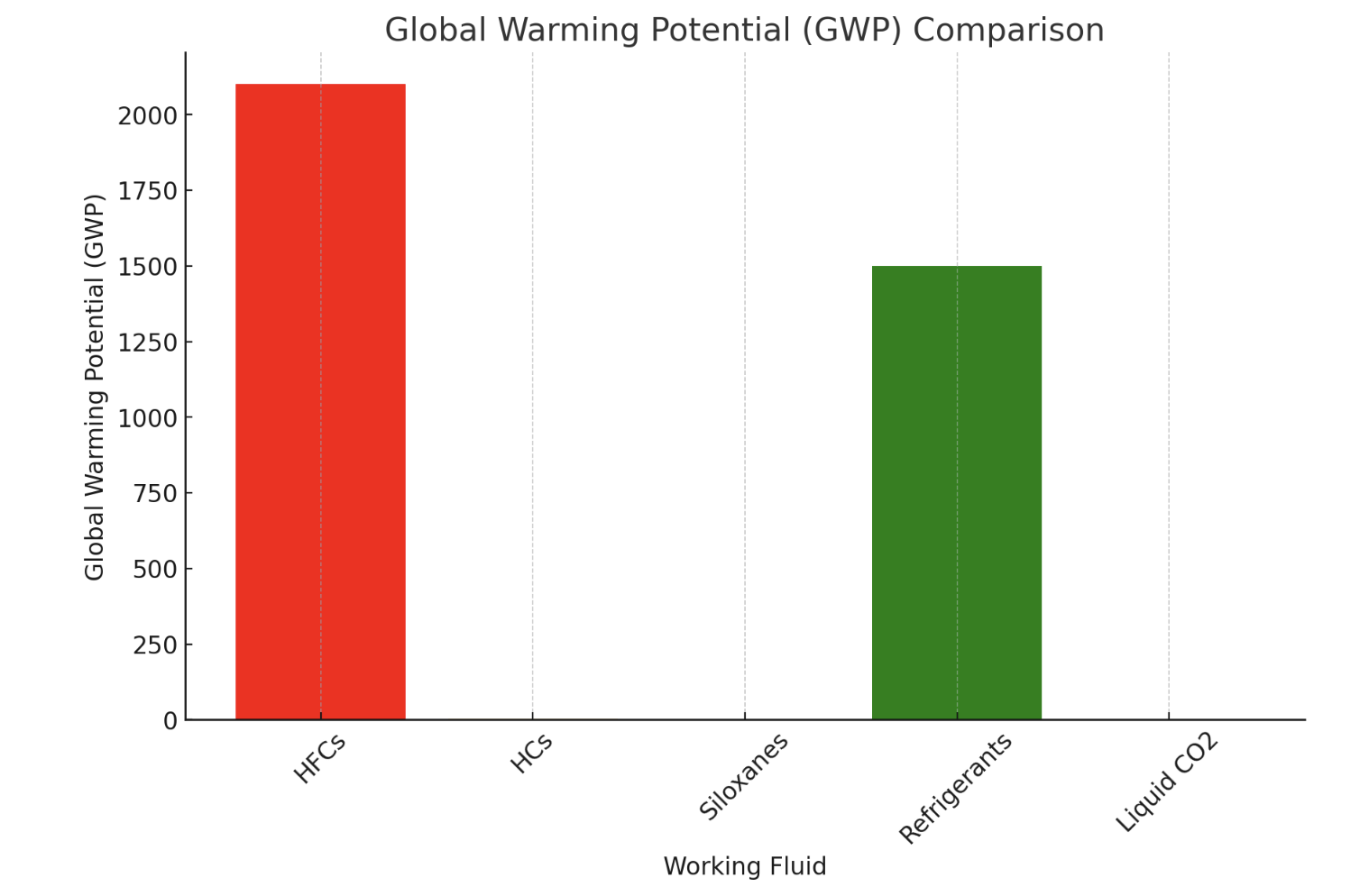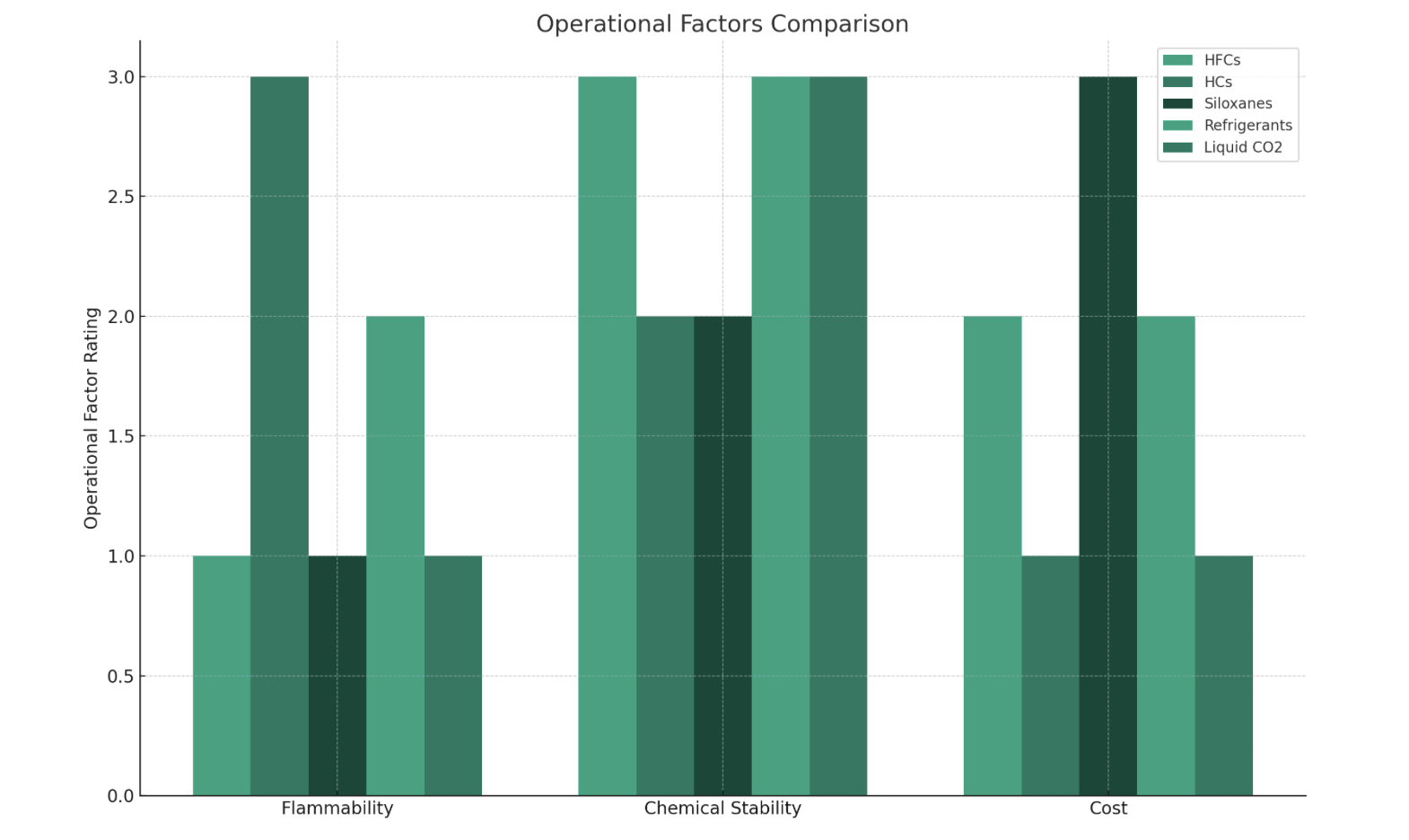

Infinity Turbine Sales | Plans | Consulting TEL: 1-608-238-6001 Email: greg@infinityturbine.com
For Data Centers Gas Turbine Waste Heat to Power Owners of Cat Solar Gas Turbine Generators and the new Boom Aero Derivative Gas Turbines Generators: Take your waste heat and make additional Combined Cycle power or generate cooling for your data center... More Info
IT250 Supercritical CO2 Gas Turbine Generator Silent Prime Power $999,000 250 kW (natural gas, solar thermal, thermal battery heat) ... More Info
IT1000 Supercritical CO2 Gas Turbine Generator Silent Prime Power $3M 1 MW (natural gas, solar thermal, thermal battery heat) ... More Info
IT50MW Supercritical CO2 Gas Turbine Generator Silent Prime Power $50M (natural gas, solar thermal, thermal battery heat) ... More Info
Data Center Consulting Prime power and energy consulting for AI and data centers... More Info
Quantum Super Turbine... Developing in 2026: High efficiency topping cycle turbine generator with bottoming cycle cooling, specifically designed for Data Centers with back-end combined cycle modules for cooling, hydraulic, or heat pump capabilities... More Info
|
Comparing Organic Rankine Cycle Working Fluids to Liquid CO2 in the 40-150 C Range The Organic Rankine Cycle (ORC) is a highly versatile technology for converting low-grade heat into electricity. A critical factor in the efficiency and effectiveness of ORC systems is the choice of working fluid. Traditional ORC systems utilize a variety of organic fluids, each with its unique properties and performance characteristics. However, recent advancements have introduced liquid carbon dioxide (CO2) as a potential working fluid, particularly in the moderate temperature range of 40-150°C. This article explores the comparison of various organic working fluids against liquid CO2 within this temperature range, highlighting efficiency, environmental impact, and operational advantages and disadvantages.Organic Working Fluids OverviewOrganic working fluids commonly used in ORC systems include but are not limited to:• Hydrofluorocarbons (HFCs): Known for their good thermal stability and high efficiency but have a high global warming potential (GWP).• Hydrocarbons (HCs): Such as propane and butane, offering high efficiency and low GWP but flammable.• Siloxanes: Excellent for high-temperature applications, though less effective in the lower temperature range.• Refrigerants: Like R245fa, widely used due to their suitable thermodynamic properties and operational safety.Liquid CO2: A Promising AlternativeLiquid CO2 has garnered attention as a working fluid in ORC systems for several reasons. Its critical point is at 31.1°C and 7.38 MPa, making it suitable for moderate temperature applications. Liquid CO2 also boasts a low environmental impact, with minimal GWP and non-flammability.Efficiency and PerformanceThe efficiency of an ORC system heavily depends on the thermodynamic properties of the working fluid, particularly its boiling point, critical temperature, and specific heat capacity. Liquid CO2's thermodynamic properties make it an intriguing option for ORC systems operating in the 40-150°C range.Chart: Efficiency ComparisonA chart comparing the thermal efficiency of ORC systems using various organic fluids and liquid CO2 across the 40-150°C temperature range.Environmental ImpactThe environmental impact of the working fluid is another crucial consideration, especially in light of global warming and regulatory pressures.Chart: Global Warming Potential ComparisonA comparison of the GWP of different ORC working fluids, including liquid CO2, highlights the environmental advantages of choosing eco-friendly fluids.Operational Advantages and DisadvantagesBeyond efficiency and environmental impact, operational factors such as safety, stability, and cost also influence the choice of working fluid.Chart: Operational Factors ComparisonA bar chart comparing operational factors like flammability, chemical stability, and cost for various working fluids and liquid CO2.ConclusionThe selection of the working fluid is a pivotal decision in the design and operation of ORC systems, with implications for efficiency, environmental sustainability, and operational viability. Liquid CO2 presents a compelling alternative to traditional organic working fluids in the moderate temperature range, offering a balance of high efficiency, low environmental impact, and favorable operational characteristics. This comparison suggests that liquid CO2 could play a significant role in the future of ORC technology, especially in applications where environmental considerations are paramount.By examining the charts and data presented, stakeholders can make informed decisions regarding the most suitable working fluid for their specific ORC applications, aligning with both performance objectives and sustainability goals.Let's begin with creating the Efficiency Comparison chart, comparing the thermal efficiency of ORC systems using various organic fluids and liquid CO2 across the 40-150°C temperature range.The Thermal Efficiency Comparison Across 40-150°C chart illustrates the performance of various ORC working fluids, including Hydrofluorocarbons (HFCs), Hydrocarbons (HCs), Siloxanes, Refrigerants, and Liquid CO2, across the moderate temperature range of 40-150°C. Liquid CO2 demonstrates superior thermal efficiency compared to other common organic fluids in this temperature range, particularly at higher temperatures. This enhanced efficiency highlights Liquid CO2's potential as an effective working fluid in ORC systems, offering improved energy conversion rates and potentially lower operational costs.Next, we'll create the Global Warming Potential Comparison chart to compare the environmental impact of these working fluids, emphasizing Liquid CO2's lower GWP and its benefits for sustainable energy systems.The Global Warming Potential (GWP) Comparison chart provides a stark visualization of the environmental impact associated with different ORC working fluids. Liquid CO2 stands out with a significantly lower GWP than traditional options like Hydrofluorocarbons (HFCs) and certain Refrigerants, underscoring its environmental benefits. With a GWP nearly negligible compared to the other fluids, Liquid CO2 emerges as a highly sustainable choice for ORC applications, aligning with global efforts to reduce greenhouse gas emissions and combat climate change.Lastly, we'll illustrate the operational factors, such as flammability, chemical stability, and cost, for these working fluids and Liquid CO2, highlighting the operational and economic advantages of using Liquid CO2 in ORC systems.The Operational Factors Comparison chart contrasts various operational characteristics of ORC working fluids, including Hydrofluorocarbons (HFCs), Hydrocarbons (HCs), Siloxanes, Refrigerants, and Liquid CO2. This comparison highlights Liquid CO2's advantageous profile, with low flammability, high chemical stability, and competitive cost. Such attributes make Liquid CO2 not only an environmentally friendly choice but also a practical one for ORC systems, offering safety benefits and potential cost savings.In conclusion, when considering working fluids for ORC systems in the 40-150°C range, Liquid CO2 presents a compelling option. It combines high thermal efficiency, minimal environmental impact, and favorable operational characteristics. This comparison suggests that adopting Liquid CO2 could enhance ORC system performance while contributing to sustainability goals. As the energy industry moves towards more eco-conscious practices, the adoption of innovative technologies like Liquid CO2 in ORC systems could play a significant role in transitioning to cleaner, more sustainable energy solutions. |

|

|

|
| CONTACT TEL: 1-608-238-6001 Email: greg@infinityturbine.com | AMP | PDF |